From Software’s “Soulsborne” series is known for many things, but above all, it’s known for its brutal difficulty.
They. Will. Kill. You.
Sekiro: Shadows Die Twice, set to release March 22 and the latest game in the Soulsborne line, will be no different. That means you need to prepare before getting started, and what better way to prepare than by playing the Dark Souls series and the masterpiece that is Bloodborne?
The question, however, is what parts of From’s library should you be studying up on? And what should you unlearn if you’re a veteran, or try to not learn as a newcomer?
This article answers those questions, looking at the two of the pillars of Sekiro’s gameplay: combat, and by extension, boss fights.
Absolute Aggression
Veterans know that the best way to fight in Soulsborne titles is measured aggression with minimum dodging and maximum damage. You want mobility, a keen sense of timing, and an encyclopedic knowledge of your enemy’s attacks.
Whether your weapon is a mighty greatsword or the quickest rapier, no opponent poses much of a threat if you know when to strike, how to avoid the counter-attack, and when to back away.
Sekiro turns this tradition on its head. Where once the dodge roll, or just dodging in general, was king, now you want to learn to parry, thanks to the new Posture mechanic.
In essence, both you and your foes have a Posture meter that increases the more damage you take, how many times you block, or on the execution of a perfect parry.
Once this meter is “broken,” or filled beyond its boundaries, either you or your enemy can initiate a “deathblow,” dealing massive damage. The player just dies, as will most trash mobs. Tougher foes take multiple deathblows, bosses most of all.
All that means you’ll be in your enemy’s face a lot. You want to parry as many attacks as you can, being sure to dodge the occasional unblockable counter. Gone are the days of holding up a shield and hoping for the best, literally: there are no shields in Sekiro.
For these reasons, there are a couple of skills you’ll want to practice across the Soulsborne series beforehand.
Parry Timing
Almost every non-boss enemy throughout Dark Souls and Bloodborne can be parried. A few bosses can be parried as well.
Your first order of business is to practice learning the timing of each attack you can parry until it becomes second nature.
The timing you’ll learn won’t transfer on a one-to-one ratio, as Sekiro is an exceedingly fast game, but the basic skills will. You’ll be learning frame windows, attack animation lengths and styles, and most importantly, you’ll be working on your reaction time.
The best Soulsborne players can and will parry everything that comes their way if they’re so inclined, and usually on the first or second frame of the parry window. If footage from Sekiro is to be believed, that window is tiny if you want to land a perfect counter.
Probably the best place in the whole series to practice is the Graveyard area near Firelink Shrine in the first Dark Souls. The skeletons there are aggressive, have massive health pools for an early enemy, and their attack variety is broad enough to give almost any non-expert a run for their money.
In Dark Souls 2, make good use of the Pursuer boss. Again, he’s really tough for an enemy you fight early in the game, and like the skeletons, he attacks quickly and often enough to get a good sense of when and where to strike.
For Dark Souls 3, any of the humanoid enemies are worth making your practice dummies. Champion Gundyr and Pontiff Sulyvahn are your bosses of choice, for the same reasons outlined above.
Bloodborne doesn’t get a mention here, because parries happen at a distance through the gun mechanics.
Optimal Movement
Dodging in a Soulsborne game is more than just rolling at the right time. You need to know attack hitboxes, both their size and their duration, as well as attack speeds and overall frequency. The best players can and have taken out even the toughest enemies without so much as breaking into a sprint.
I’m not talking about learning every boss like the back of your hand. There isn’t time. Instead, focus on optimizing your movement as much as you can.
That means you want to do a little moving to avoid an attack as possible.
That big dragon attack? Walk around it.
The gigantic hammer that’s going to flatten you? Sidestep it.
The trash mob swinging at you wildly? Take a few steps back and watch him flail uselessly.
Remember: you will die learning this part. You will die a lot. The knowledge you gain from each death will go a long way toward teaching you how to analyze attacks in the moment.
If you don’t have to think about how to avoid damage, it will naturally happen, leaving your mind free to focus on more important things, like landing a parry or getting in the perfect position for a backstab or death from above.
Boss Fights
Everything you learn from the non-boss enemies in a Soulsborne game teaches you something you can use in the level’s one or more bosses. They will not, however, teach you how to read, learn, dodge, and ultimately attack a boss. Only actually fighting one will do that.
In Sekiro, the basic formula remains: bait attack, counter or avoid, wait for the gap closure attack, reengage, repeat.
The difference here is, again, posture. In Sekiro, even bosses have it, and like any other enemy in the game, you’ll be parrying your head off trying to take down their gauge so you can deliver one of the multiple deathblows necessary to win the day.
As you play previous Soulsborne titles, there are a few things you’ll want to practice in preparation for Sekiro. Again, because of the many new mechanics, these skills will not be one-to-one transfers, but you will be better prepared to learn on the fly.
Openers
The start of a boss fight can set the stage for the rest of the engagement, and Soulsborne bosses are no different. In many cases, they will open with a specific attack as well, or be in a specific position that can allow you to take an early advantage.
Your first order of business, then, is not only understanding how these opening attacks function, but how best to exploit them. You’ll find the vast majority work as gap closers and end with a swipe of some kind that will take a sizeable chunk of your health with it.
Using the skills you gained in the above sections, you’ll want to both position yourself optimally and be ready to take the first attack into a perfect parry. You’ll have taken no damage, and the boss’s posture meter will already be far more filled than yours.
Alternately, you can avoid the attack to give yourself some breathing room in the arena, especially if it’s relatively small and the boss has sweeping and long-range attacks.
Because you’ll be returning to a boss fight several times, you’ll be seeing the openers over and over, so regardless of which Souls-style game you’re playing, you’ll want to take a different approach to each encounter. Go to the right once, to the left another time, and take the attack head-on another time.
Different approaches to the opening of a fight will give you a good idea about how you want to approach each one going forward, which might ease the frustration of failure, if only by a little.
The Great Bait
It doesn’t matter what game you’re playing; if you want a Souls boss to give you a specific attack or a certain pattern, you’re going to have to bait it out of them.
What does that mean? It means you’ve got to do some action that forces the boss to attack you and then react according to the attack provided.
There are multiple triggers for an attack, but the biggest three are: being close enough for said attack to land, healing, or being too far away.
In any case, baiting is a purely conscious decision because its purpose is to put you in a position to exploit everything you know about the incoming strike. Whether you’re parrying it, avoiding it to generate an opening, or just outright dodging it, a great bait enables damage, and usually the big kind.
Practicing your baiting skills is as simple as it is dangerous. Go into a boss fight and try to get it to attack you a certain way. Start up close, then run away, then dodge, then repeat the process until you can’t find any other attacks.
If the boss has parry windows, bait those out too. You’ll need them in Sekiro.
Healing
Enemies in Sekiro are aggressive, and if the boss arenas are big enough, expect the boss to use every square inch. You will take damage your first run through, and probably the second, third, and 30th as well. That means you’ll need to heal at least once, and because healing almost always acts a trigger for an attack, you have to know when and where to do it.
Many Souls-style bosses have big, showy attacks that end in a mild stun state for the boss as they “recover” from the exertion. Those are the first ones you want to learn and bait out.
The second attack type to be aware of is always the quick one, because what’s the use in healing if the next second all that health is gone again. This is a major issue if you’re right up in the boss’s face, so make special note of whatever super-fast attacks a boss uses. They often don’t have much lead-up, and though they don’t do a ton of damage, they will interrupt your actions as surely as powerful attacks will.
To practice healing in a boss encounter, I would recommend doing it early and often for your first few attempts, because you’ll get answers to pressing questions like:
- How does the boss respond to healing? Does he attack, set up for an attack, let it happen, none of the above?
- Can you consistently bait a big swing that will give you the second you need to heal?
- How much damage will you take if you’re hit in the middle of healing?
You need these answers before you can start strategizing about the fight. Healing in most Souls-like games is incredibly limited, so making the most of them in the fight you mean to win is essential.
—
The above strategies are just the tip of the iceberg when it comes to learning how to play Sekiro. I haven’t even started to cover verticality, traversal, stealth, equipment, and a whole host of other mechanics you’ll need to master if you want to survive.
However, because From Software titles like Sekiro are primarily action games focused around combat, knowing how to approach every encounter can be the difference between loving the game and never picking it up again.
I think you’ll want to master Sekiro. I know it’ll be worth it.
Sekiro: Shadows Die Twice releases on PS4, Xbox One, and PC on March 22.

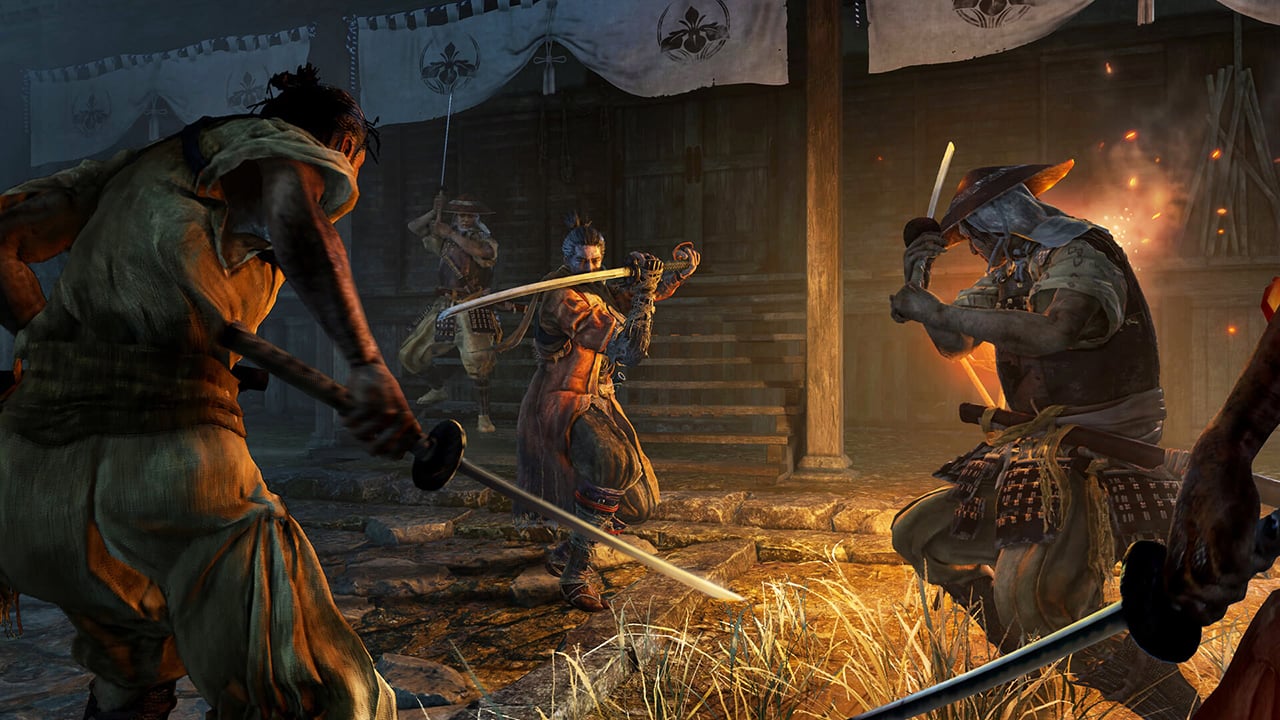
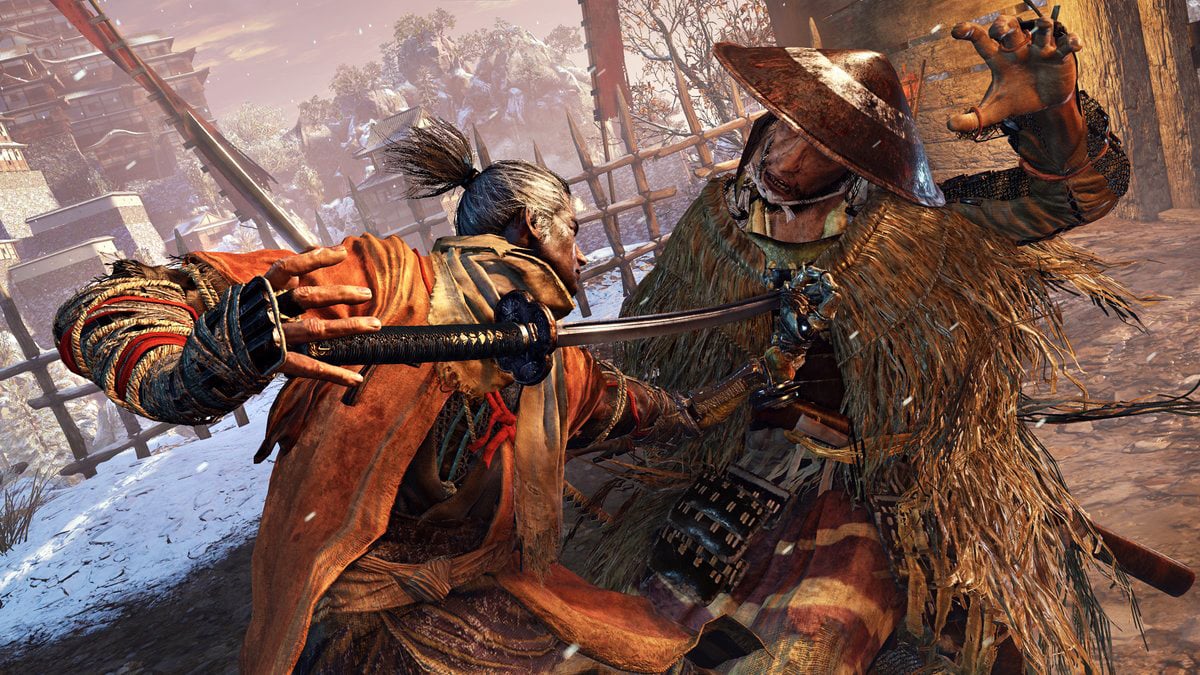

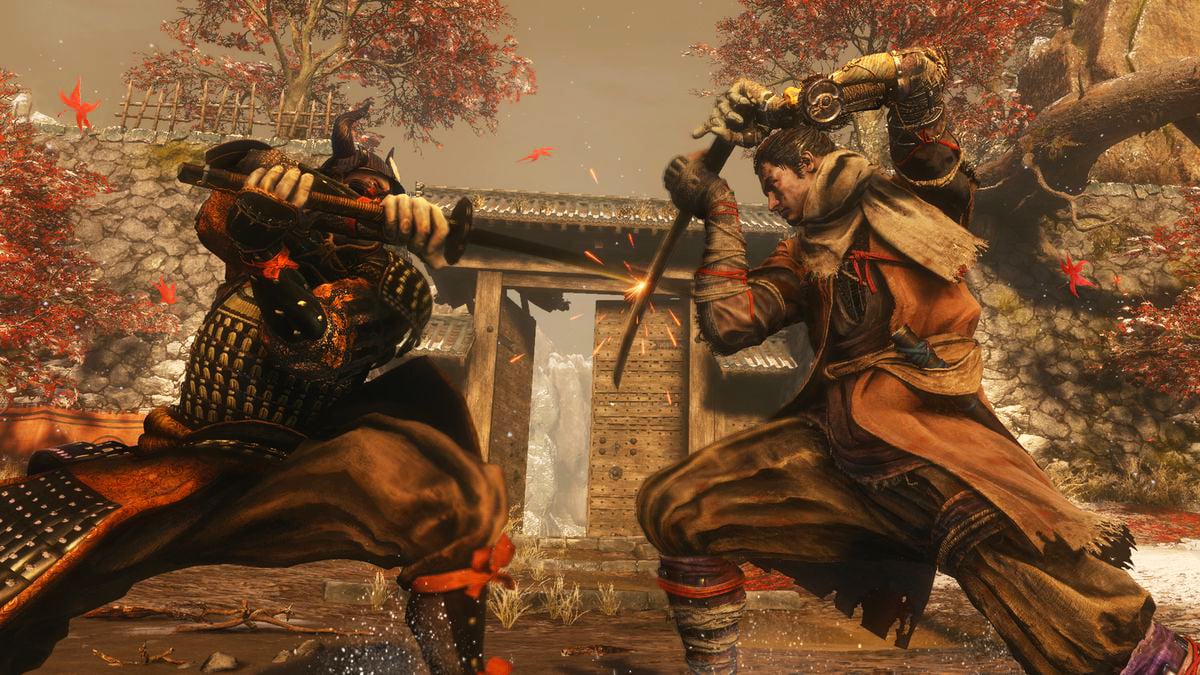
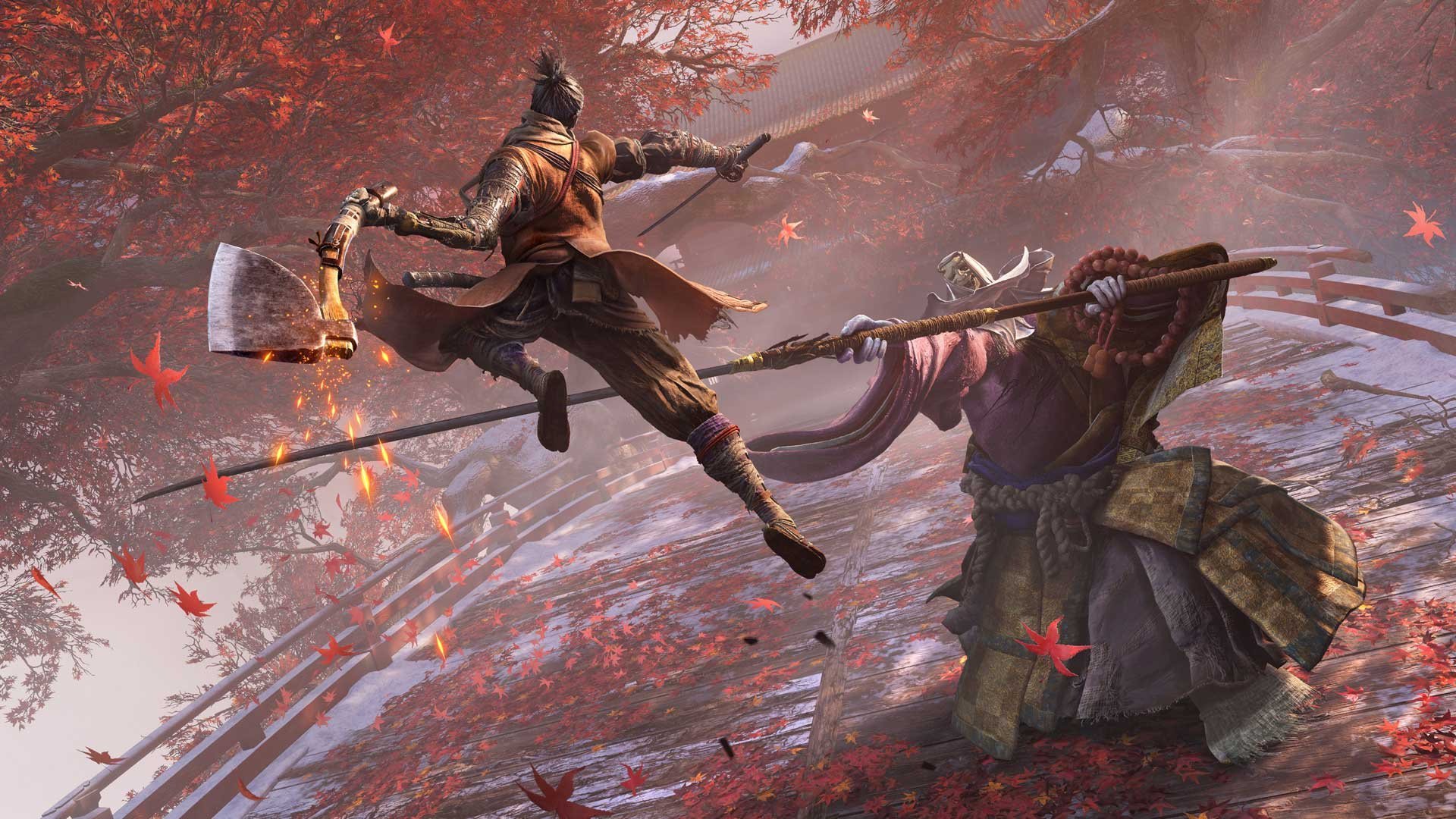
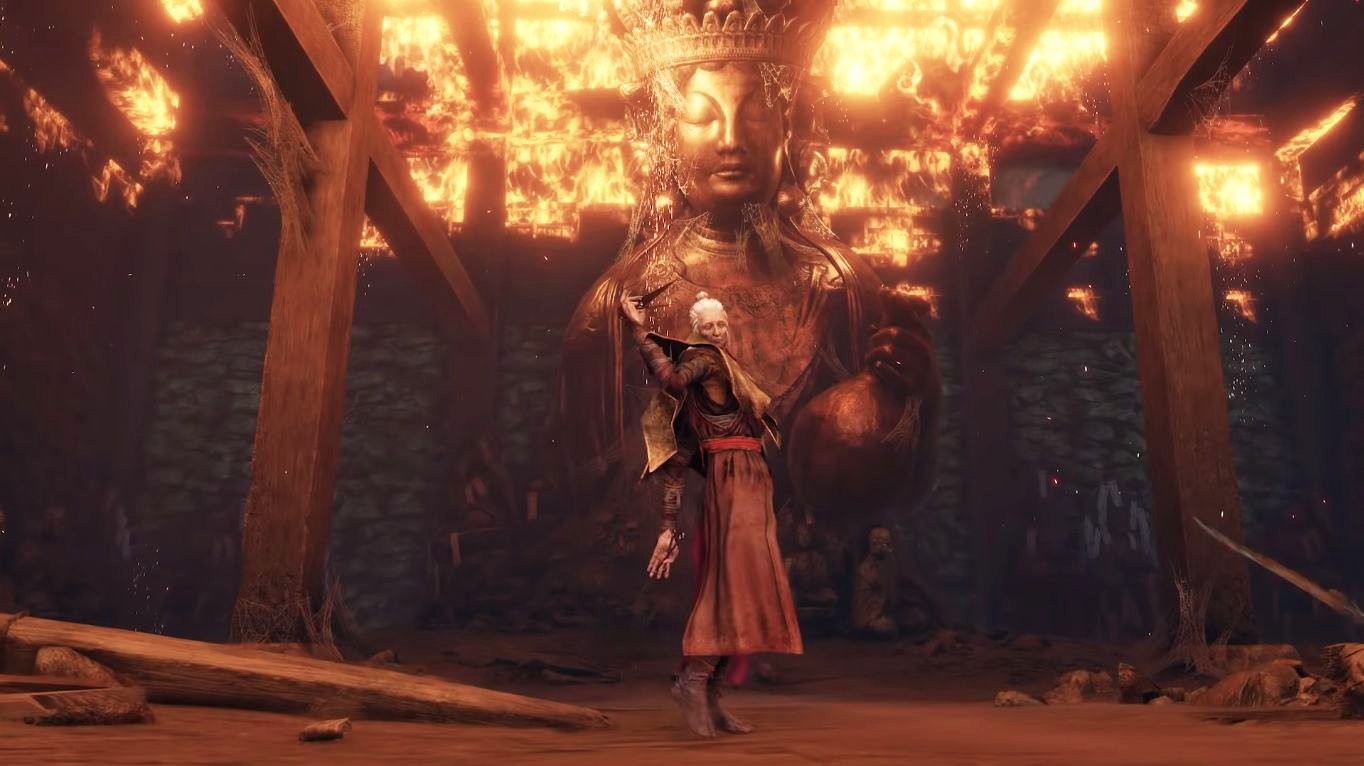
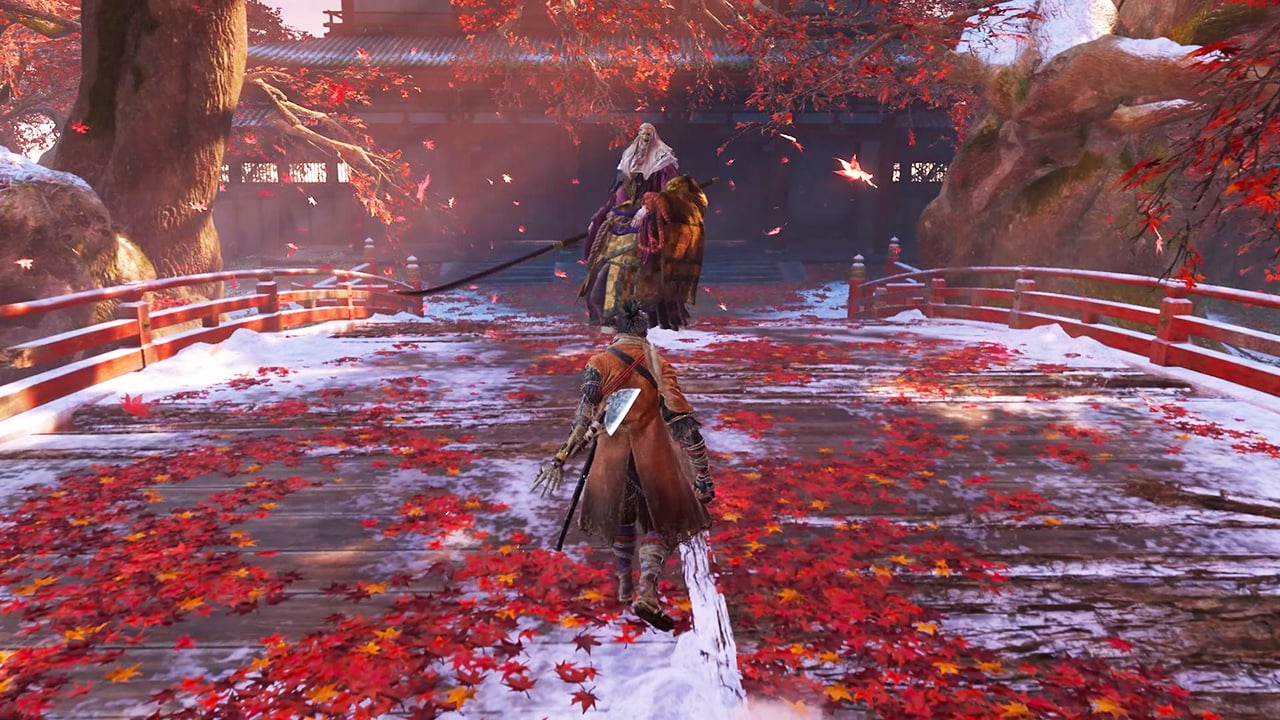





Published: Mar 6, 2019 09:47 pm